Case 12
- The Art of Book Covers
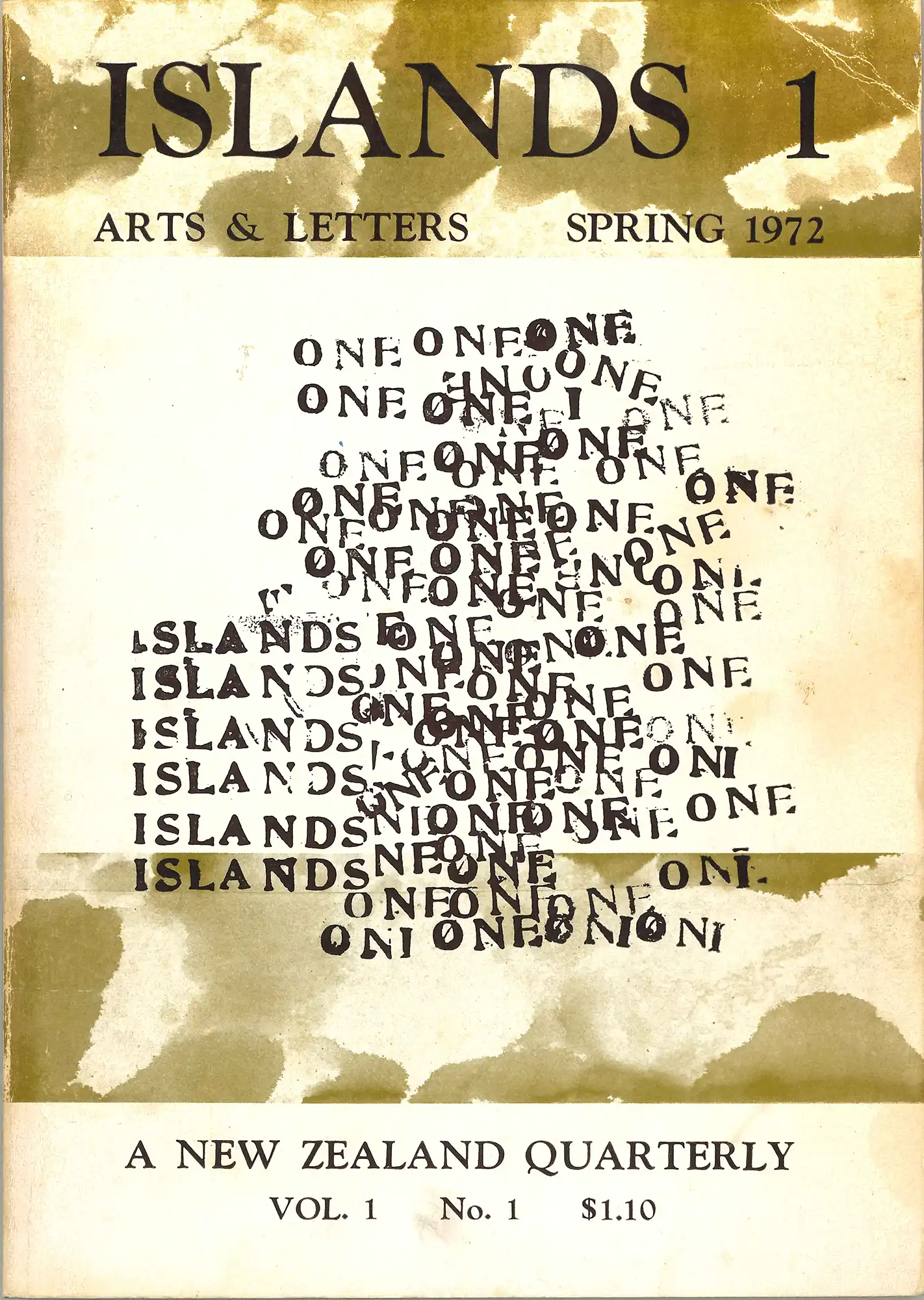
Islands 1, no.1 (Spring 1972), plus insert: Robin Dudding to Ralph Hotere, c. September 1972. SPRH 820.8 ISL
Hotere’s foray into the world of book covers was encouraged by poet and editor Charles Brasch (1909-1973). One of the first he completed was for Landfall 84 in 1967. Other literary collaborations followed. On display are three quite different image-art works that Hotere supplied for publication. The first issue of Islands (1972) depicts Hotere’s stencilled ‘One Islands’ and a letter inserted by Robin Dudding, editor, expressing disappointment on the cover reproduction. Dudding at least liked the cockles sent. John Caselberg’s Maori is my name carries Hotere’s own artistic response to an etching by the French artist Charles Meryon. And he supplied an apt circle and square image for Middleton’s The Loners, the first book published by Brasch and Janet Paul’s Square & Circle Press.

Islands 1, no.1 (Spring 1972), plus insert: Robin Dudding to Ralph Hotere, c. September 1972. SPRH 820.8 ISL
Open image in new window
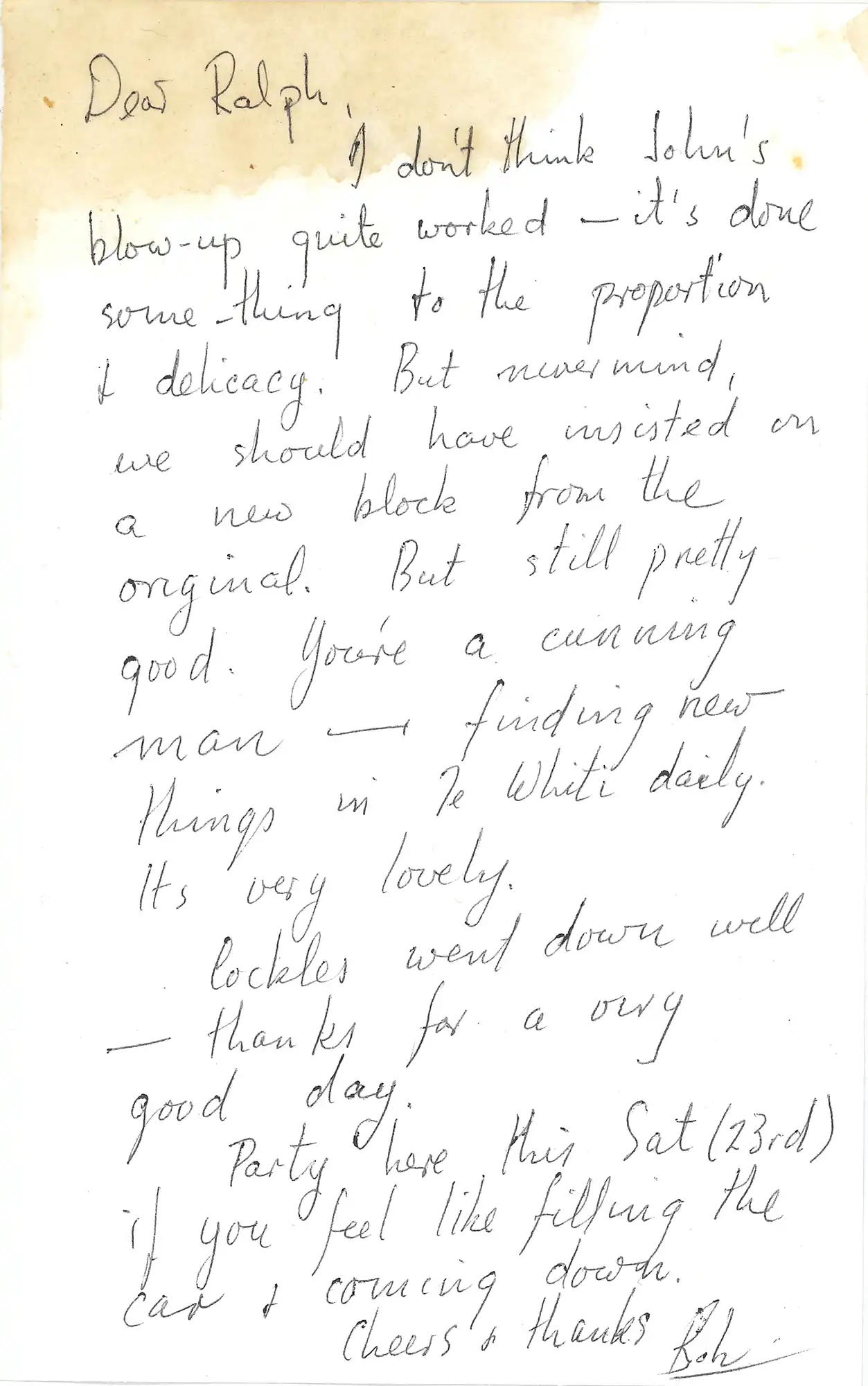
Islands 1, no.1 (Spring 1972), plus insert: Robin Dudding to Ralph Hotere, c. September 1972. SPRH 820.8 ISL

Islands 1, no.1 (Spring 1972), plus insert: Robin Dudding to Ralph Hotere, c. September 1972. SPRH 820.8 ISL
Open image in new window
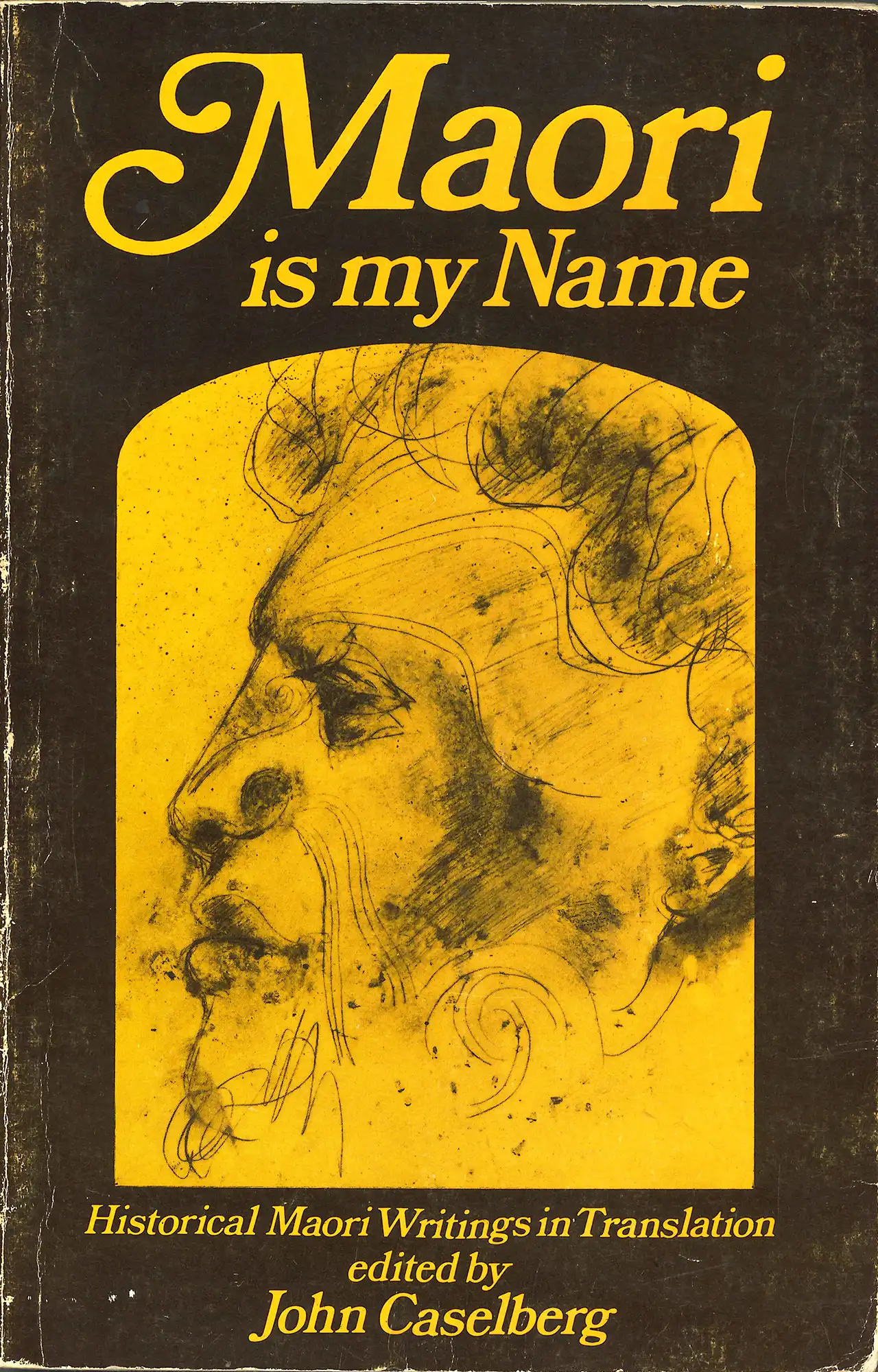
John Caselberg (Ed.), Maori is my name. Historical Maori writings in translation. Dunedin: John McIndoe Ltd, 1975. SPRH 993.004994 MAO

John Caselberg (Ed.), Maori is my name. Historical Maori writings in translation. Dunedin: John McIndoe Ltd, 1975. SPRH 993.004994 MAO
Open image in new window
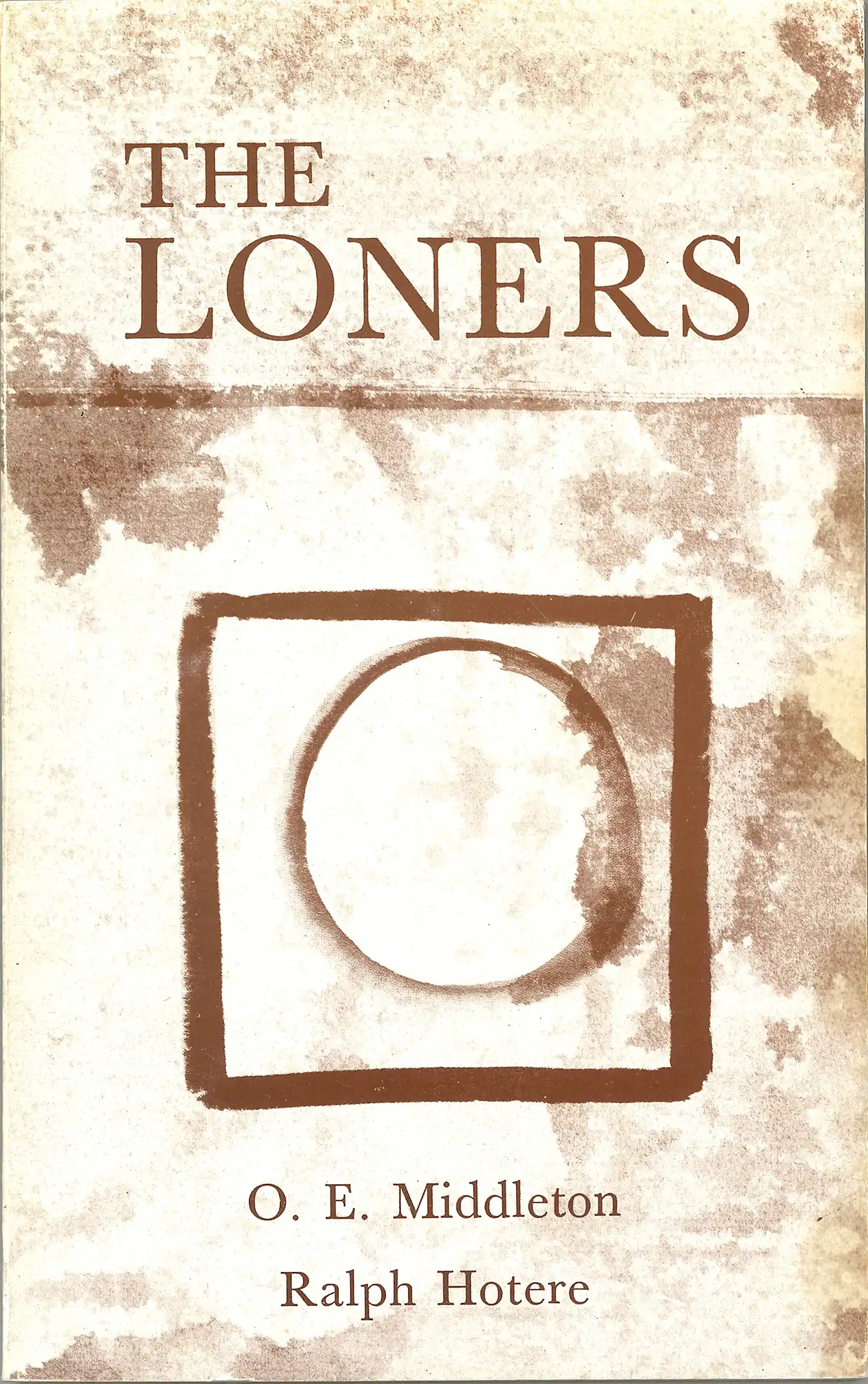
O. E (Ted) Middleton, The loners. Wellington: Square & Circle, 1972. SPRH 823 MID
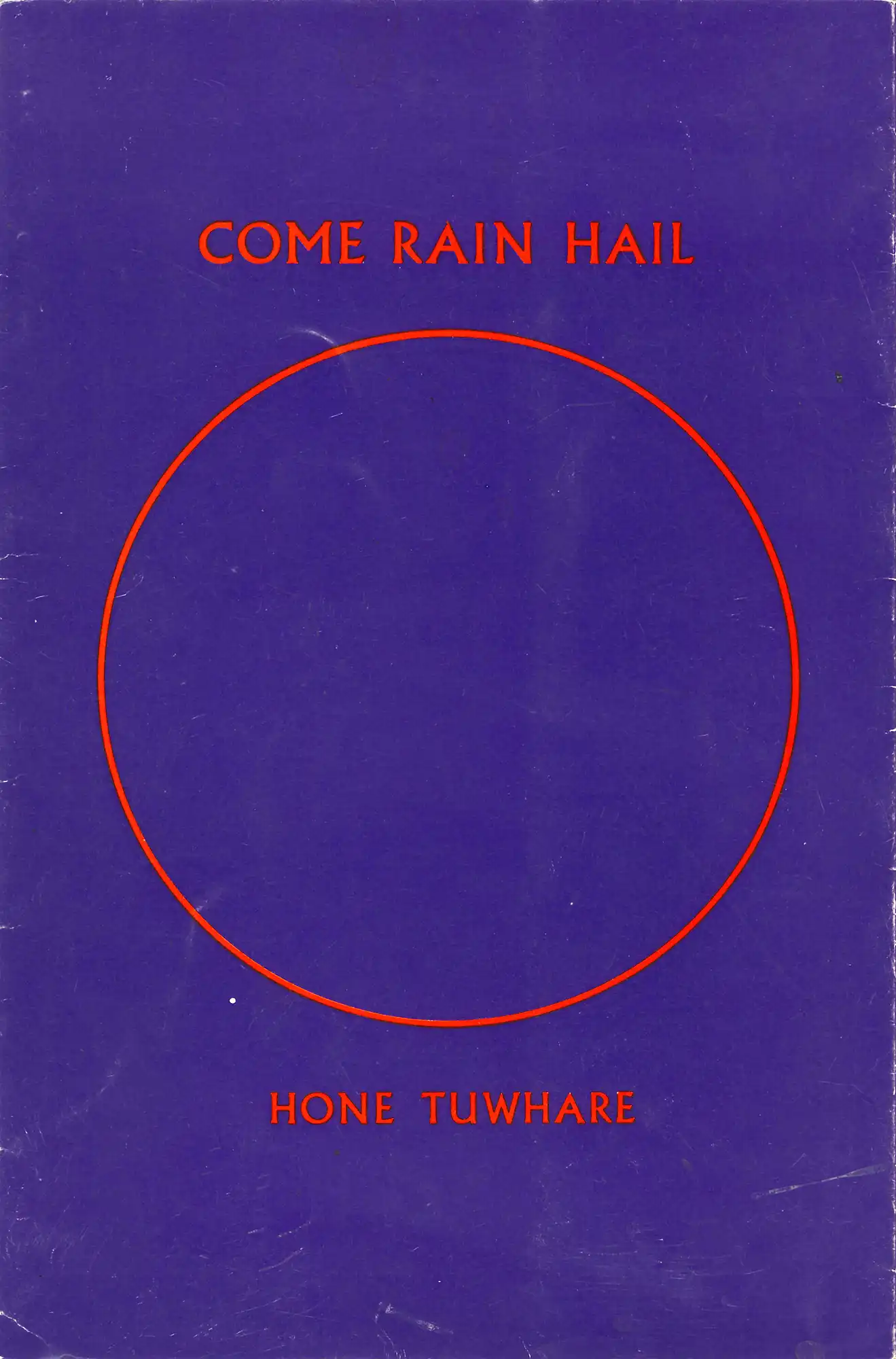
Hone Tuwhare, Come rain hail. Poems. Dunedin: Bibliography Room, University of Otago Library, 1970. SPRH 821 TUW
Hone Peneamine Anatipa Te Pona Tuwhare (1922–2008) was born in Kaikohe, with affiliations to Ngāpuhi. This boilermaker-turned-poet had a very strong working relationship with Hotere; both often referencing each other in their works. The 16 poems in Tuwhare’s Come rain hail was first set by IBM Selectric typewriter in July 1970. At 95 cents, it sold out. The cover is classic Hotere. He used a pair of compasses with black ink and inscribed the circle on a leaf-sized piece of white art paper. Keith Maslen, printer at the Bibliography Room, University of Otago Library, asked Ron Ritchie at Coulls, Somerville, Wilkie to print the wrap-around cover in orange and purple. The result: minimalist yet all encompassing.

Hone Tuwhare, Come rain hail. Poems. Dunedin: Bibliography Room, University of Otago Library, 1970. SPRH 821 TUW
Open image in new window
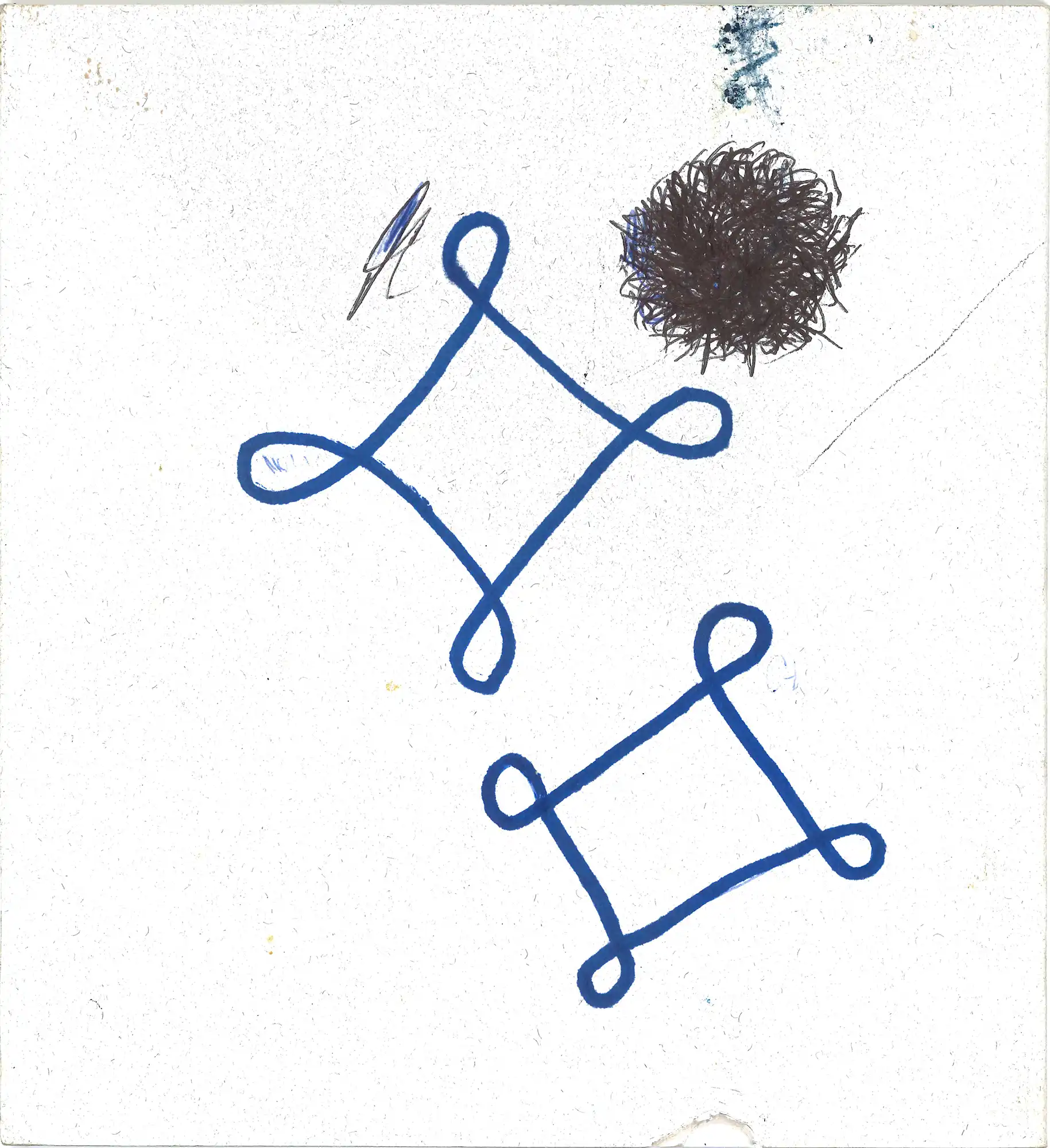
Francis Pound, Signatures of place. Paintings & place-names. New Plymouth: Govett-Brewster Art Gallery, July 1991. SPRH 709.93 POU
A few of Hotere’s books contain marks, doodles, and scrawls within, either accidentally or purposefully done. Examples of Hotere’s informal designs are seen on his copies of German prints of today (Auckland City Art Gallery, c.1970s) – a drawing on the back; Katsushika’s Hokusai (1930) – lines drawn on the cover; and Patricia Grace’s Potiki (1986) – a doodle. Francis Pound’s Signatures of Place offers another sample: on the cover is a pen and pencil note: ‘Aero Club, 15 Sept’ and an ‘Alpine’ phone number; the back – here displayed – a felt-tip diamond image with loops (Celtic knot-like) and a black furry ball in pen.

Francis Pound, Signatures of place. Paintings & place-names. New Plymouth: Govett-Brewster Art Gallery, July 1991. SPRH 709.93 POU
Open image in new window
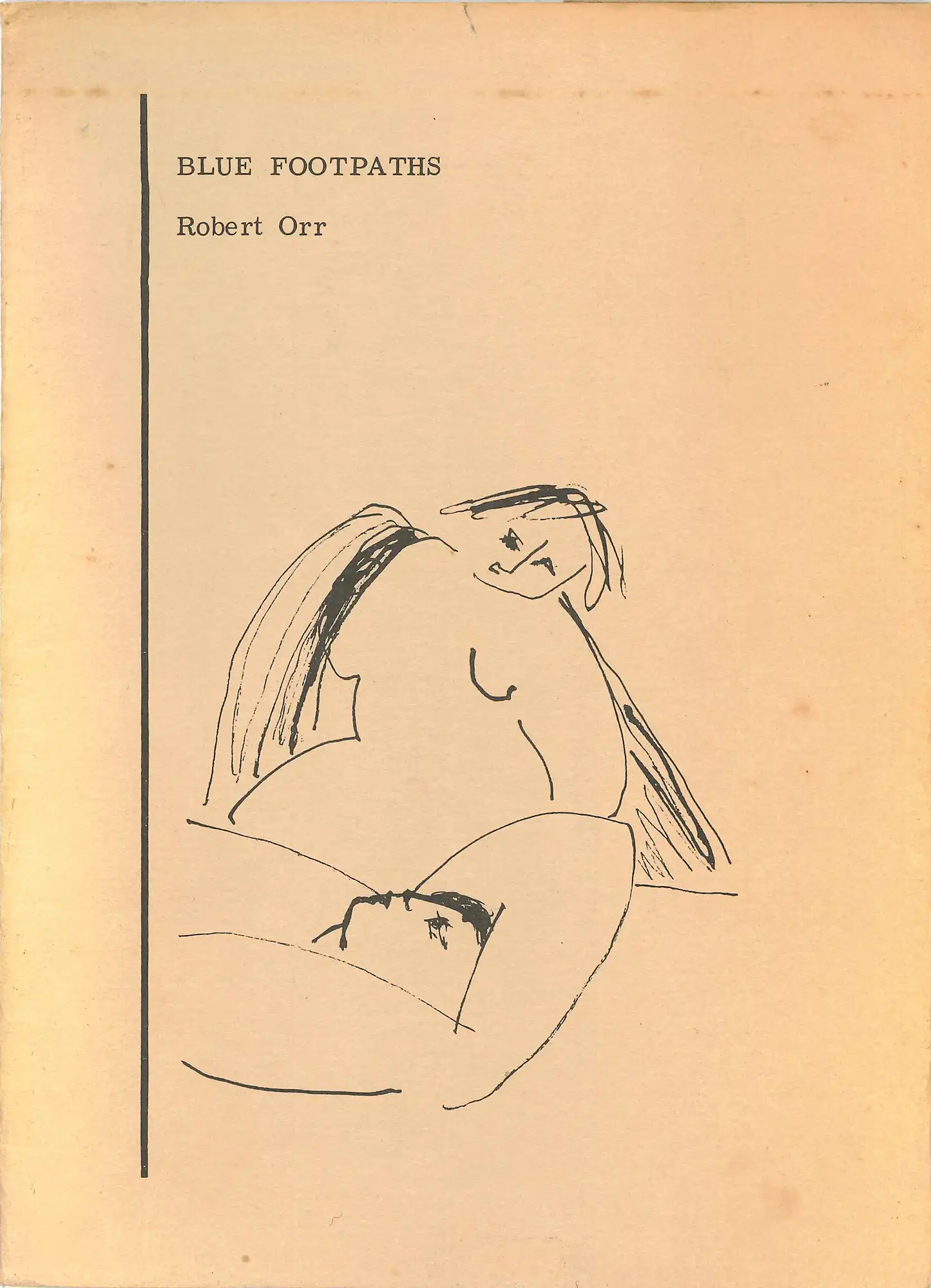
Robert Orr, Blue footpaths. London: The Amphedesma Press, 1971. SPRH 821 ORR
When poet Kevin Cunningham (1945–2002), former McNab Librarian, was in England in the early 1970s, he teamed up with fellow poets Bill Manhire (1946- ) and Ian Wedde to form The Amphedesma Press. The aim of this low budget golf-ball typewriter publishing house was to print the work of contemporaries such as Wedde, Alan Brunton, Brent Southgate, and Bob Orr. It was no doubt through Manhire’s association with Hotere that Orr secured a wonderful line drawing by Hotere for the cover of Blue footpaths (1971), Amphedesma’s first publication.






